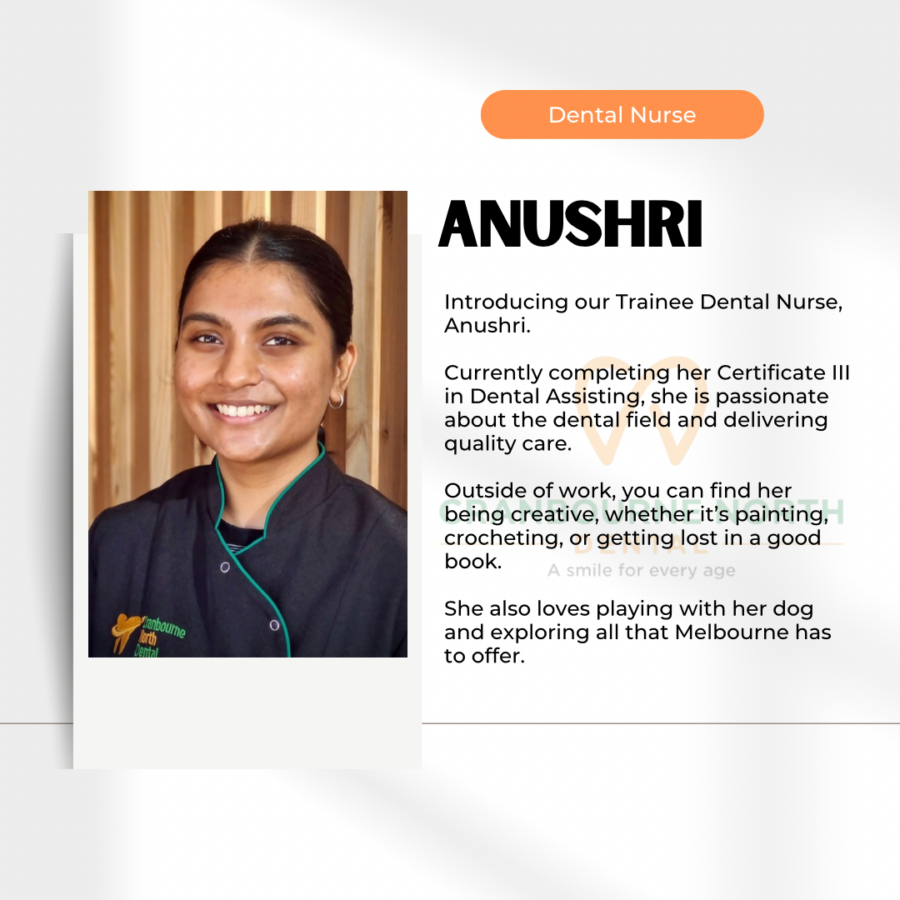How to Choose the Right Health Fund for Your Dental Needs
Patients often ask us, “Which health fund should I choose?” Unfortunately, there’s no one-size-fits-all answer. Your choice of health fund depends on many factors, and what works for one person may not be the best option for someone else.
While we can give you some general advice to consider, it’s important to do your own research and compare policies before signing up for any health insurance. Here’s a breakdown of some key factors to help guide your decision.
Types of Health Insurance: Hospital and Extras Cover
When considering private health insurance, there are two main types of cover you need to know about: hospital cover and extras cover.
- Hospital Cover: This covers treatment as a private patient in a hospital, including surgeries and other inpatient services.
- Extras Cover: This covers additional services like dental, optical, physiotherapy, and other healthcare services not typically included in hospital cover.
Before diving into your health fund options, it might be worth checking with your accountant or financial advisor to understand any potential tax implications of having or not having private health insurance. For some individuals, avoiding the Medicare Levy Surcharge (a tax for higher-income earners without private hospital cover) could be a motivating factor for getting private insurance.
Should You Get Extras Cover?
One of the biggest questions we get asked is whether extras cover is worth it, especially for dental care.
For some people, it may be more beneficial to put aside the money you would spend on extras cover into a dedicated health savings account. You can use this savings for dental treatments as they arise. This approach works well if you’re disciplined about saving the money and don’t end up spending it on other things!
However, extras cover could be worth it for those who regularly use dental services or other allied health services like physiotherapy, as the rebates on these services can help offset the costs.
How to Choose the Right Health Fund
When it comes to choosing a health fund, the options can be overwhelming. Today, there are more health funds than ever before, and it’s crucial to shop around to find one that suits your personal needs.
Here are a few tips to guide your decision:
Consider Not-for-Profit Funds: These funds are run for the benefit of their members rather than shareholders. As a result, they often offer higher rebates and lower premiums. Examples of not-for-profit funds include HCF, Westfund and CBHS.
Look at Restricted Health Funds: Some funds, such as Defence Health or Teachers Health, are only available to people in certain professions and their families. If you qualify for one of these restricted funds, it’s worth considering, as they often have good benefits.
Understand Annual Limits: Health funds place annual limits on different types of services. For dental, these limits are usually split into Minor Dental and Major Dental. Minor dental treatments might include services like cleanings and fillings, while major dental covers more complex treatments like crowns and root canals.
It’s important to note that just because you have an annual limit of $500 for minor dental doesn’t mean you’ll get $500 back for $500 worth of treatment. Health funds usually pay a percentage of the treatment cost, up to your annual limit.
Preferred Provider Practices: You may have heard of the term “Preferred Providers.” These are dental practices that have an agreement with the health fund to provide services at a reduced cost to you. While this can seem like a good deal, it’s important to understand that the health fund may only choose certain practices based on location or other factors—not necessarily the quality of care. Always prioritize the quality of treatment and trust in your dental provider when making decisions.
Watch Out for Waiting Periods and Exclusions
Before signing up for a new health fund, always read the fine print, especially regarding waiting periods and exclusions for pre-existing conditions. These can catch people off guard, and you don’t want to find out too late that your coverage isn’t as extensive as you thought.
Use Comparison Websites (But With Caution!)
There are plenty of comparison websites out there that can help you compare health funds. These can be helpful as a starting point, but keep in mind that many comparison sites don’t show the full range of health funds available. Some funds may not appear on certain platforms, so it’s always worth doing additional research outside of these sites.
A Tip to Save on Premiums
Most health funds increase their premiums on April 1st each year. A handy tip to avoid paying the higher rate is to prepay your premium for the upcoming year before the price hike. This allows you to lock in the previous year’s rate. And if you decide to switch or cancel your policy later, most health funds will refund any unused portion of your pre-paid premium—just make sure to confirm this with your health fund.
In Summary
Choosing the right health fund can be tricky, but by doing your research and considering your personal needs, you’ll be able to find a policy that works for you. Remember to always check the details, especially regarding annual limits, waiting periods, and coverage for specific services like dental. If in doubt, seek advice from a trusted financial advisor or health insurance expert.
Happy health fund hunting!






















